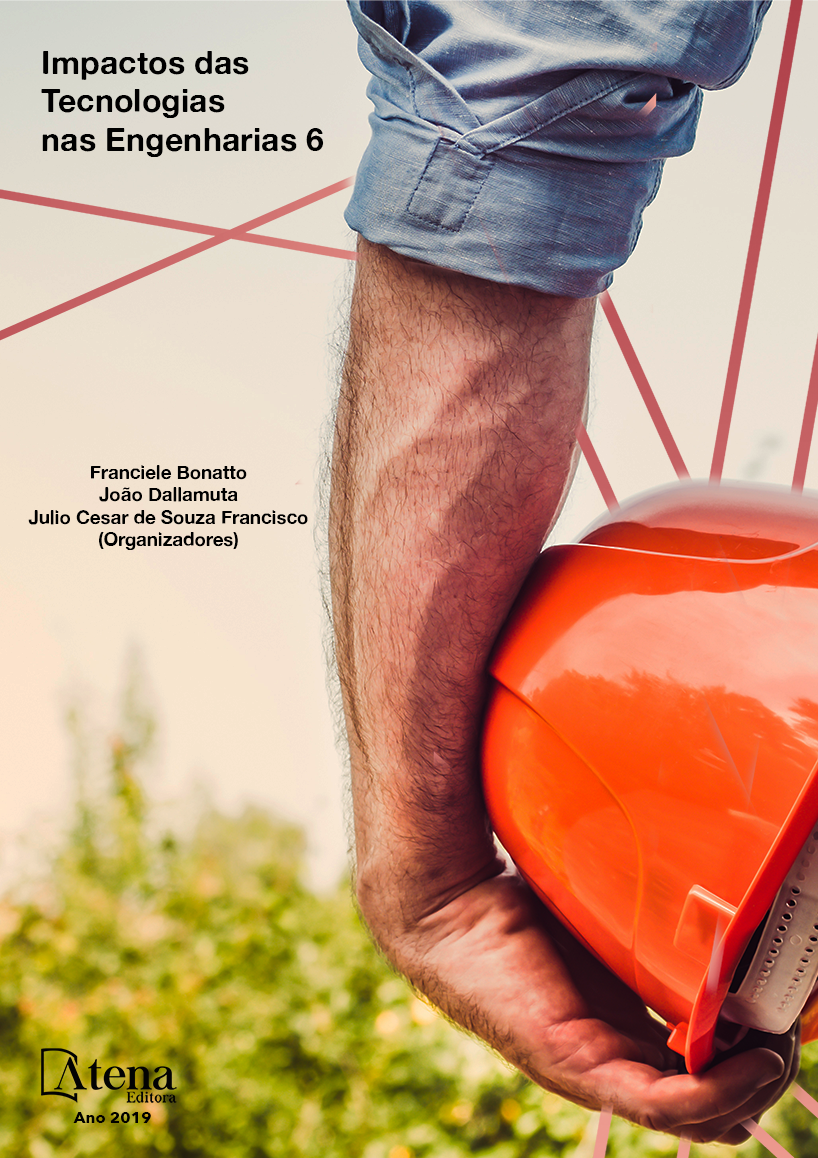
Remoção de fenol em águas residuárias através de biofilme suportado em carvão ativado estudo em batelada
Muitos são os compostos tóxicos que
podem ser encontrados em efluentes industriais.
O fenol se destaca por ser largamente utilizado
em indústrias petroquímicas, têxteis, de papel
e celulose, de tinta, desinfetantes e outras e
por apresentar alto potencial recalcitrante e
de acumulação no meio ambiente. Dentre as
técnicas de tratamentos para estes efluentes
se sobressaem os métodos biológicos, como
a biorremediação. Neste trabalho associouse à técnica de biorremediação, a formação
de um biofilme em um suporte de carvão
ativado, para a degradação do composto
fenol em um reator batelada. Analisou-se a
afinidade entre o biofilme e o substrato através
de curvas de biodegradação, sendo que as
cinéticas dos biorreatores foram realizadas nas
concentrações de 50, 100 e 150 mg L-1 de fenol,
à 25 °C e sob uma agitação de 150 rpm. Através
do experimento nota-se uma relação direta
entre quantidade de substrato e velocidade de
consumo.
Remoção de fenol em águas residuárias através de biofilme suportado em carvão ativado estudo em batelada
-
DOI: 10.22533/at.ed.59619130316
-
Palavras-chave: biodegradação; biorreatores; biorremediação.
-
Keywords: biodegradation; bioreactors; bioremediation.
-
Abstract:
Many are the toxic compounds
that can be found in industrial effluents.
Phenol stands out as being widely used in
the petrochemical, textile, pulp and paper, ink,
disinfectant and other industries and has a high
potential for recalcitrant and accumulation in the
environment. Among the treatment techniques
for effluents, biological methods stand out, such
as bioremediation. In this work, the formation
of a biofilm in an activated carbon was utilized
with the bioremediation technique, for the
degradation of the phenol in a batch reactor. The
affinity between the biofilm and the substrate
was analyzed through the biodegradation curves, the kinetics were performed at the
concentrations of phenol 50, 100 and 150 mg L-1 at 25o
C and under agitation of 150
rpm. Through the experiment the direct relation between the amount of substrate and
the speed of consumption is noticed.
-
Número de páginas: 15
- Heraldo Baialardi Ribeiro
- Gean Delise Leal Pasquali Vargas
- Adriana Dervanoski
- Tainá Cristini da Silva
- Josiane Bampi


